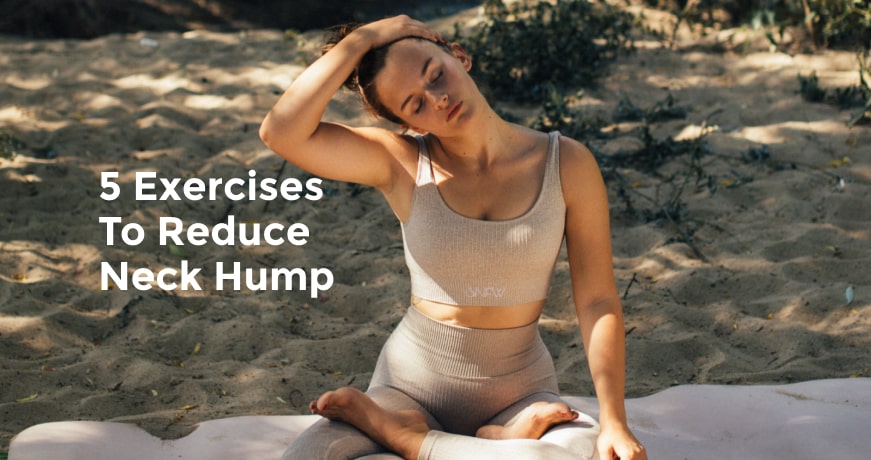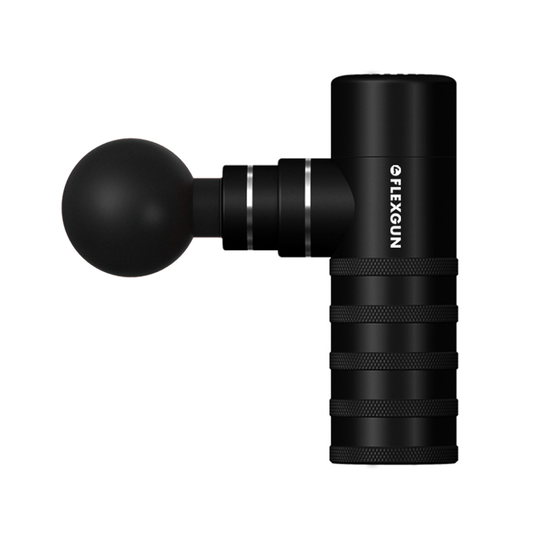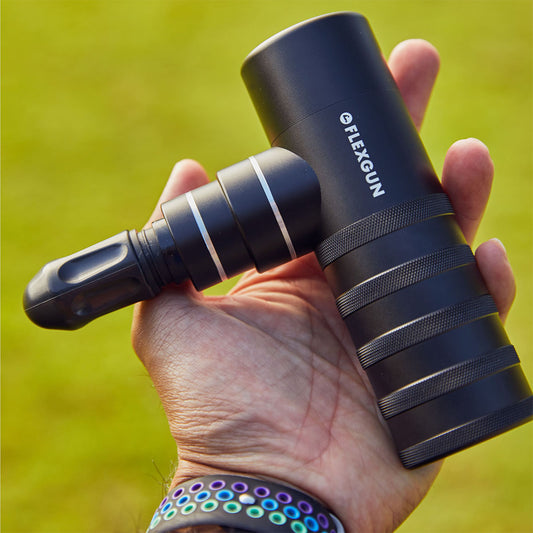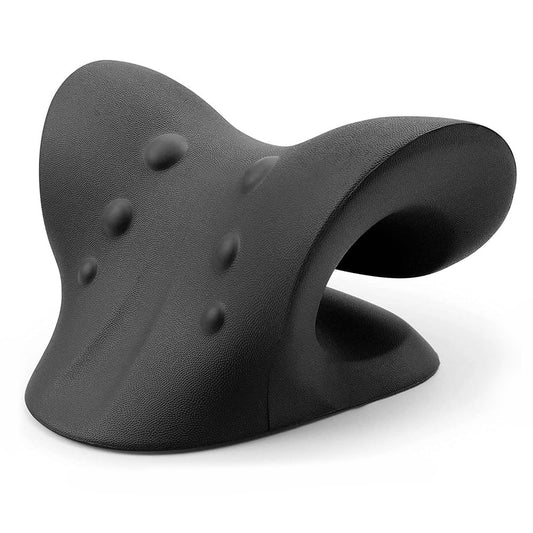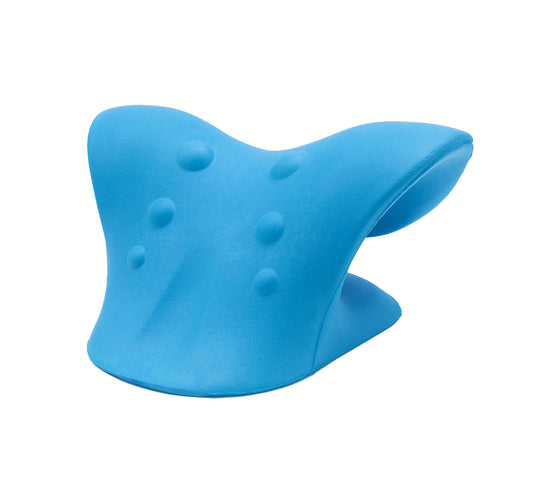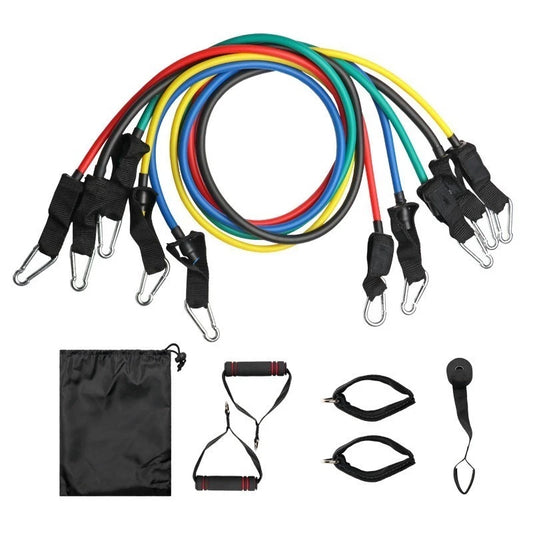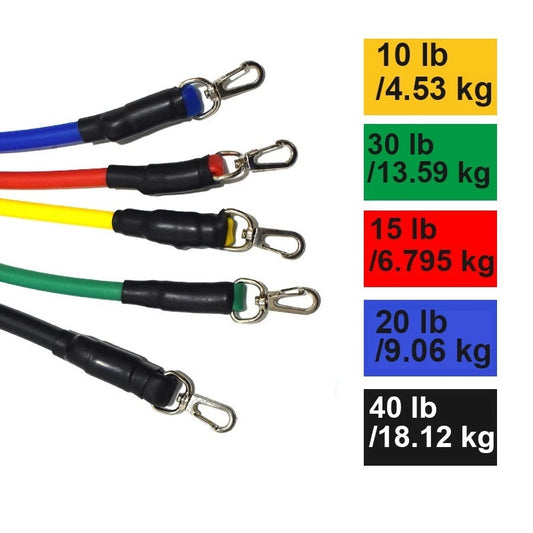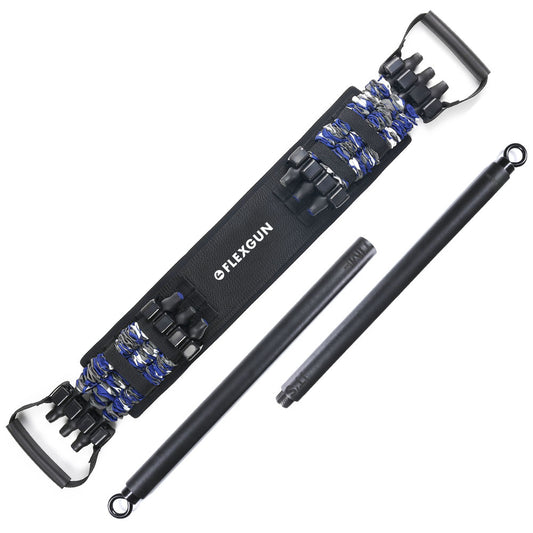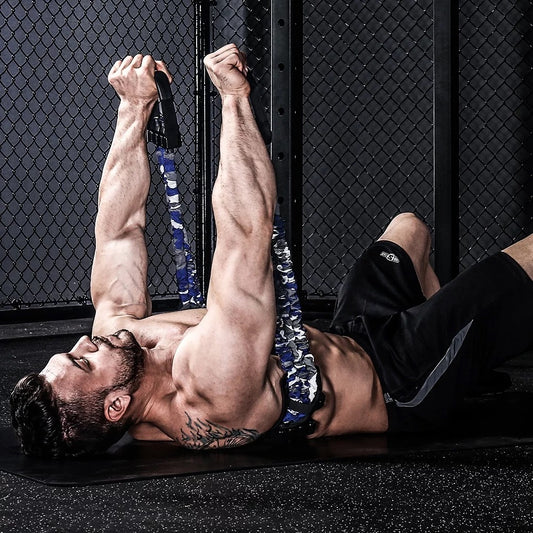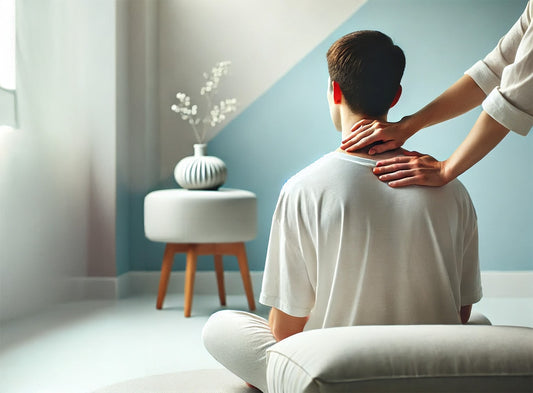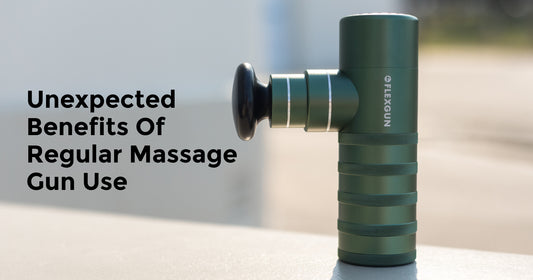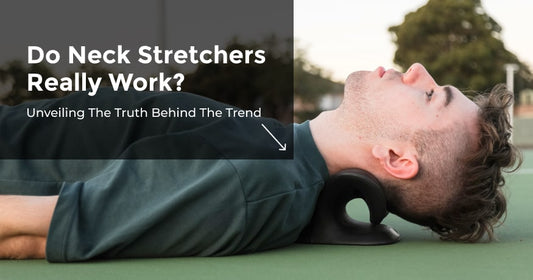Understanding Neck Hump
Neck hump, often referred to as buffalo hump or dowager's hump, is a condition characterised by the excess fat or curvature in the upper back and neck area. This physical condition is not only a cosmetic concern but can also lead to discomfort and health issues. Poor posture, prolonged sitting, and specific health conditions often contribute to its development. In a world where screen time dominates our lives, awareness and preventive measures against neck hump are more crucial than ever.
The Top 5 Exercises for Reducing Neck Hump
1. Cat-Cow Pose
The Cat-Cow Pose is a gentle flow between two yoga positions that warms the body and brings flexibility to the spine. It stretches the back torso and neck, providing a massage to the spine and belly organs. This pose is not only simple but also effective in reducing neck hump and associated discomfort.
How to Perform
- Start on your hands and knees with your back in a neutral position.
- Arch your back, lifting your head up and pushing your tail bone out, making a dish with your spine.
- Hold this position.
- Next, bend your back up by tucking your head and tail bone in and pulling your belly button in towards your spine, making a curve through your back.
- Hold this position, and then repeat.
Recommendation: Perform 2-3 sets of 10 repetitions each, focusing on smooth transitions and deep breathing.
2. Wall Extension
The wall extension exercise is essential for improving posture and stretching the muscles involved in neck hump formation. It's a simple yet effective way to combat the effects of prolonged sitting and poor posture.
How to Perform
- Stand with your back against a wall and bend your knees a little.
- Your shoulders and head should be touching the wall.
- Start with your upper arms at your side with your elbows bent.
- Your wrists and forearms should be touching the wall.
- Bring your arms up as high as you can get them, without any of your body parts coming away from the wall.
- When you reach as far as you can, slide the arms back down to the start position.
Recommendation: Aim for 3 sets of 8-10 repetitions, ensuring steady movement and proper contact with the wall.
3. Chin Tuck
The Chin Tuck exercise is a simple yet highly effective technique for reducing neck hump. This exercise primarily focuses on strengthening the muscles of the neck and improving posture, both critical for addressing issues related to neck hump. Regular practice of the Chin Tuck can lead to better spinal alignment and reduced tension in the neck and upper back.
How to Perform
- Stand straight, looking ahead, and place two fingers on your chin.
- Push your chin so that your head goes straight back, lengthening through the back of your neck, and keeping your eyes forwards.
- Hold, and then relax.
Conclusion: The Chin Tuck is a simple, effective exercise for strengthening neck muscles and improving spinal alignment. Whether you're at work, watching TV, or reading, you can perform this exercise to help correct your posture and reduce the appearance of a neck hump.
Recommendation: Do 3 sets of 10 repetitions each. The exercise can be performed multiple times throughout the day, especially during prolonged periods of sitting or screen time.
4. Shoulder Blade Squeeze
The Shoulder Blade Squeeze and Neck Lift exercise is particularly effective in targeting the muscles in the upper back and neck, which are crucial areas affected by neck hump. This exercise helps in strengthening these muscles, promoting better posture and alignment.
How to Perform
- Lie on your front with your palms face down by your shoulders.
- Pull your shoulder blades towards each other, keeping your neck long.
- Lift your head up, tucking your chin to your chest and raise your arms off the floor.
- Maintaining this position, move your hands upwards until they touch above your head.
- Control the movement as you bring them back to the starting position, keeping the control in your shoulder blades and head
Conclusion: Targeting the upper back and neck muscles, this exercise is excellent for those looking to improve posture and reduce neck hump.
Recommendation: Perform 2-3 sets of 10-12 repetitions, focusing on controlled movements and keeping the neck long.
5. Chest Stretch with Neck Extension
A chest stretch combined with neck extension is a powerful exercise that targets the muscles around the neck and upper back. This stretch can significantly reduce the appearance of a neck hump and alleviate associated pain.
How to Perform
- Start in a standing position.
- Move your arms behind you and interlock your fingers and move your arms slowly upwards.
- As you lift your arms upwards you will feel a stretch in your chest and shoulders. Hold this position, then breathe out and relax.
Conclusion: This stretch effectively targets the chest and upper back muscles, vital in reducing neck hump appearance.
Recommendation: Hold the stretch for 20-30 seconds and perform 3-4 sets. Ensure to breathe deeply while stretching.
For more rapid solutions in addition to these exercises, check out our article on How to Get Rid of Neck Hump Fast.
Enhancing Your Neck Hump Reduction Routine with Flexgun Tools

While the exercises listed are powerful on their own, integrating Flexgun's mini massage gun and FlexNeck Stretcher can further enhance their effectiveness. Here's how you can incorporate these tools seamlessly into your routine:
1. Cat-Cow Pose
Post-Exercise: After completing your Cat-Cow exercise routine, use the Flexgun mini massage gun on your lower and upper back. This can help relax the muscles further and alleviate any tension built up during the exercise.
Neck Stretcher: Using the Flex Neck Stretcher before starting the exercise can prepare your neck muscles, making them more receptive to the benefits of the exercise.
For an in-depth understanding of how cervical traction benefits neck health, read our detailed article on The Benefits of Cervical Traction.
2. Wall Extension
Pre-Exercise: Warm up your back muscles with the Flexgun mini massage gun before doing the Wall Extension. This helps in loosening the muscles, allowing for a more effective stretch.
Post-Exercise: The Neck Stretcher can be used after completing your sets to provide gentle support and stretch to the neck, enhancing the posture-correcting benefits of the exercise.
3. Chest Stretch with Neck Extension
During Exercise: Use the Neck Stretcher before starting the Chest Stretch to ensure your neck is in a comfortable position and to enhance the stretching effect.
Post-Exercise: Apply the mini massage gun to your chest and shoulder areas after performing the stretch. This helps in reducing muscle tension and increasing blood flow to the stretched areas.
4. Shoulder Blade Squeeze
Pre-Exercise: Prepare your back muscles with the mini massage gun, focusing on the area between your shoulder blades. This preps the muscles for a more effective exercise.
Post-Exercise: The Neck Stretcher can be used after the exercise to maintain the alignment achieved and to provide a gentle stretch to the neck muscles.
5. Chin Tuck
Routine Integration: Incorporate the use of the Neck Stretcher before and after the Chin Tuck exercise. This will support the neck in achieving a better posture during the exercise.
Post-Exercise: Gently use the mini massage gun on the neck area after completing the Chin Tuck sets. This can help relax the muscles and prevent any strain.
Natural Integration for Optimal Results
By incorporating the Flexgun mini massage gun and Flex Neck Stretcher into your exercise routine, you can enhance the effectiveness of each movement and further support your journey to reduce neck hump. These tools are designed to complement your exercises, not to overshadow them. Their use is about aiding recovery, improving flexibility, and ensuring your muscles get the most out of each workout, in a natural and supportive way.
Remember, the key to success is consistency and a balanced approach. Combining exercises with the right tools can make your journey towards better posture and reduced neck hump more effective and enjoyable.
Final Thoughts on Reducing Neck Hump
Posture Awareness in Daily Life
Good posture is crucial in preventing and reducing neck hump. Be mindful of your posture while sitting, standing, and walking. Ergonomic adjustments in your workspace, such as a supportive chair and screen at eye level, can significantly reduce strain on your neck and back.
Explore our Ultimate Guide to Improving Posture to learn more about banishing neck pain and enhancing overall posture.
Balanced Diet and Hydration
A balanced diet and adequate hydration play a role in muscle health and recovery. Nutrient-rich foods and proper hydration can aid in reducing inflammation and promoting muscle repair, complementing your exercise routine.
Stress Management
Stress can contribute to muscle tension, particularly in the neck and shoulders. Practices such as meditation, deep breathing exercises, or even using relaxation tools like the Flexgun mini massage gun can help in managing stress and reducing its physical manifestations.

